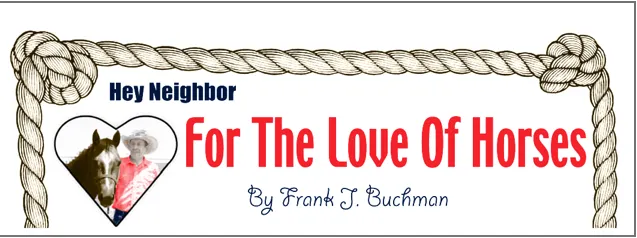I went on this trip knowing full well I’d be resigned to using an alias in place of my friends name here in this story, and that I might be referring to our destination as “somewhere southwest of Cleveland.” You see, die-hard fishermen would as soon rat out their own mother as divulge the location of their honey holes. With that in mind, and even though I was forced to ride blindfolded, and was spun around three times at each stop before removing it, I am comfortable telling you we were at one of Kansas’ major reservoirs.
Gizzard Shad are the bait fish present in most major water impoundments in the US, and the dynamite sport fishing here in Kansas owes its soul to these lowly prey fish. However, shad are hyper- sensitive to oxygen levels in the water and die easily when O2 levels get low. During cold winters when ice covers lakes and reservoirs for a long time, restricted sunlight interrupts photosynthesis which in turn means a disruption in oxygen production by plants in the lakes, often causing a major die-off of gizzard shad.
Such was the case this past winter, as ice remained thick on Kansas lakes, reservoirs and ponds for a couple weeks, resulting in lots of shad dying and either dropping to the bottom of the lake immediately, or floating up to be frozen in the ice. When the ice finally thaws, all those dead shad are washed against shorelines and into backwater bays. The abnormally warm days like we are having now, warm those shallow backwaters first, so the catfish will eventually swarm into them by boat loads for the feast. Its all in the timing; knowing or figuring out when the fish are there.
The best baits to catch early season catfish are pieces of dead shad or other fish, shad gizzards which can be cut from dead shad found along the shore or commercial baits that smell like shad or shad parts. Catfish feed on the bottom by scent, so baits should be fished on the bottom or just slightly above. The most common way to rig for catching early season cats’ is to start with a large, heavy, slip sinker that is loose on the line allowing it to lay on the bottom while the hook and bait can be picked up and carried a short distance by the catfish before setting the hook. Place the sinker a couple feet above the hook, using a swivel to keep it from going any lower on the line. The bait you choose will determine what hook to use; if using a solid bait that can be hooked on a regular hook, a large bait hook or circle hook should be used. If using a dip bait or punch bait that is thinner, treble hooks or hooks made especially for those baits will work best. Since you’ll be fishing in shallow water for these early feeders, you can often fish from the bank or don waders to get you a little farther out. Once the bait is cast as far out as you can toss it, allow lots of slack in the line as these guys will usually pick up the bait and swim a short way before finally inhaling it. Watch and feel your line and when a fish takes up all the slack, vigorously set the hook to be certain to sink it into their boney mouth.
We tried fishing a couple shallow backwaters by wading out far enough to get our bait to the middle of the bay, but a combination of leaky waders and seemingly no catfish there, sent us to the nearest boat dock to launch his boat and try our luck on the lake proper. The lake was too choppy for us to get anywhere but the dam, so we tried our luck at finding some crappie over a brush pile in front of the dam, again with nothing to show for our efforts. We loaded the boat and drove down below the gates at the spillway to fish a short while there before heading home. I landed one nice 18-inch channel cat and my friend found a big freshwater drum before calling it a day.
On years when all the above conditions align, this same scenario will play out on any large lake filled with shad and catfish. It was a fun early outing; we saw a couple bald eagles, stocked up on plenty of free sunshine-administered vitamin D and were “wowed” as usual by all of God’s Creation. So, get out this spring and take a kid fishing as you Explore Kansas Outdoors.
Steve can be contacted by email at [email protected].




